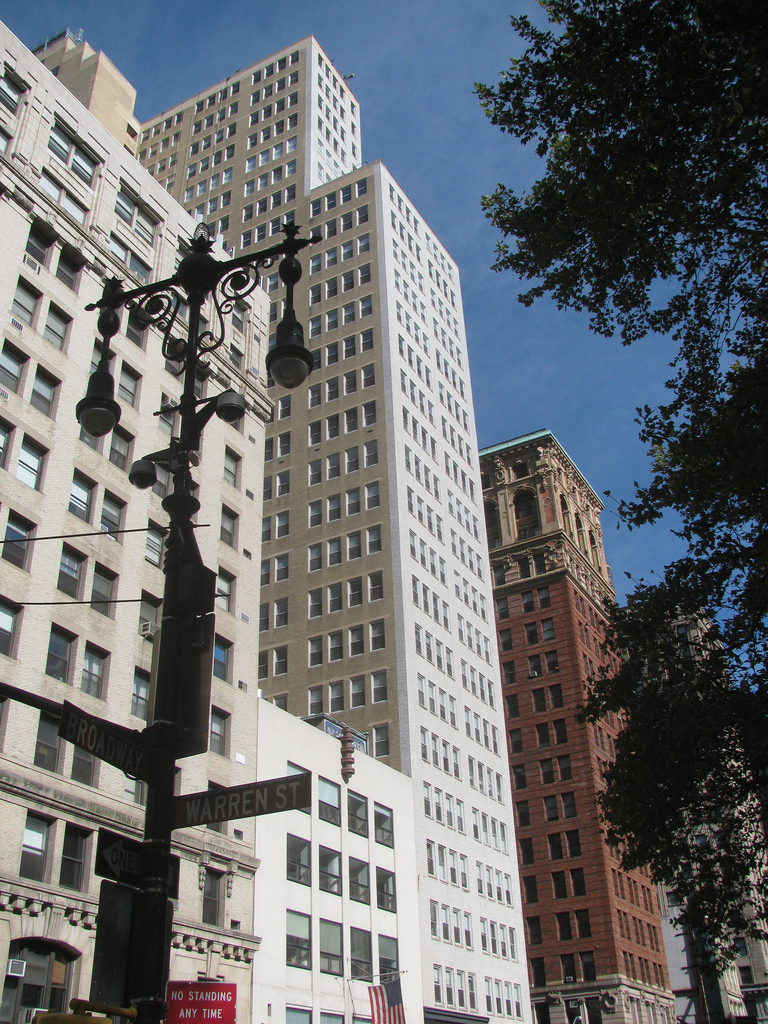In reading Levy’s “No Time To Think” and his mention of Vannevar Bush‘s involvement in the creation of the atomic bomb, I am reminded of Princeton’s involvement in the Manhattan Project and how this was brought about by the creation of independent targeted research efforts.
I first came across Vannevar Bush and his work concerning libraries and the classification of information (some of his earliest thoughts on structured classification of information went into his design of the memex machine) when studying Information Science. Bush is considered one of those revolutionary academics, those who effect inordinate amounts of change solely on their charismatic enigmatic personalities as well as the electricity of their ideas.
When studying higher education in America, there are basically two categories: pre-World War II and post-World War II. The pre-World War II American university was not unlike its European counterpart. Students were subject to focus on prescribed courses of study, often heavily grounded in discourse, Greek, Latin, the Classics; these were the primers of a Renaissance notion of the well-rounded intellectual, the gentleman (indeed, American higher education was heavily favored towards men and in some circles it still is). Research carried on in these universities was something approaching a smooth atmosphere, one of exploration based on best practices. There was time for exploration, time for analysis, time for research and publication. These were the cycles of the American university and they would continue unabated until Pearl Harbor and the harnessing of industrial strength for pointed purpose and effect.

Post-World War II higher education in America, often guided by the organizing principles of Bush, saw a renewal of the applicable and applied sciences. In this world, engineering, mathematics, statistics, and physics were financially and materially encouraged; this marks the beginning of the ‘skilling’ process of American higher education. This skilling refers to the belief that all education should be directed towards a pointed, concluding end. Hence, the pedagogical question why and should gave way to the utilitarian questions of how to, how much, and how often. American higher education became a sharp, calculating beast capable of the greatest discovery and destruction.
To think this happened organically is not logically valid; it was stimulated by government and private intervention in the fruits of intellectual discovery. The government and corporate structures essentially bankrolled ‘progress’ in the sciences in America for the last 60 years. There were material (re:financial) and time (deadlines, Cold War competition) dimensions applied to research that have yet to be disentangled. That is not a moral judgment, but rather an observation of movement.
Vannevar Bush speculated that like-minded individuals working in close proximity and collaboration could generate enough momentum to produce scientific discovery in concentrated bursts. Bureaucrats could focus activity towards these bursts by dictating the fruits of discovery (we want a bomb, or a better design for steel, a plane that can fly the speed of sound, a vaccine for polio); scientists could reverse engineer the why. Princeton University, specifically the Physics and Chemistry departments, lent itself to these efforts. Post World War II, this collection of scientists, intellectuals, and generally smart people stayed on in the Institute of Advanced Study. List of notable scholars there include Oppenheimer, George Kennan (the founder of the Containment Theory), Albert Einstein and more.
Levy would have appreciated the time given to these scholars to contemplate (they have no teaching or administrative responsibilities), to critically evaluate possibility. Time has afforded us the opportunity to apply moral and ethical dimensions to this spirited discovery; further, we can critically appreciate the change agents at work. The American Government essentially dictated the output (a bomb, a bridge, a political theorem), moral culpability for the ideas themselves (within the scientific community actually developing them) was diminished somewhat.

I would argue that higher education does need contemplative space and time to effectively produce understanding of any depth. A modern, hectic world does little to provide that, but that does not negate its applicability to the modern condition. With issues of such complexity and far-reaching effect, we also need to consider the moral dimension of creativity. Higher education has often supported this aspect of research with artificial constructs like ethical review boards, and also with the collaborative dimension of exploration. The ship often will right itself. Taking the research out of higher education and into private spheres beholden only to benefactors is perfectly legal, but morally suspect especially if we are dealing with outputs of vast change potential.
